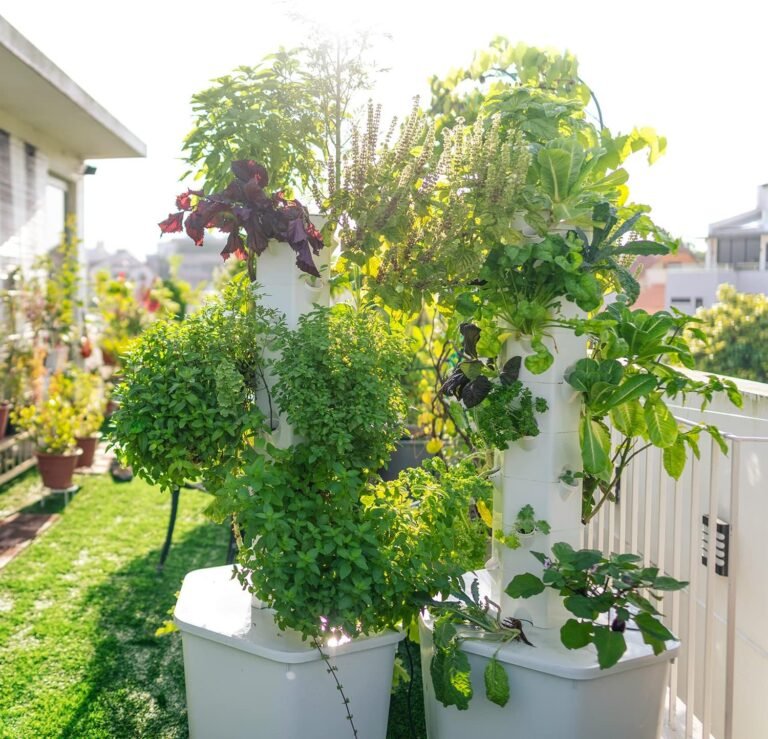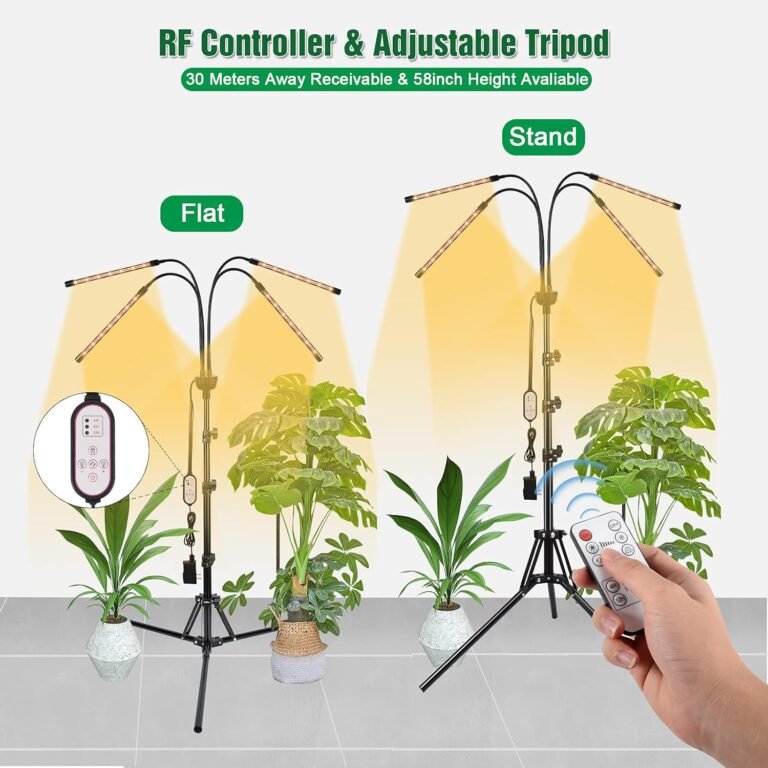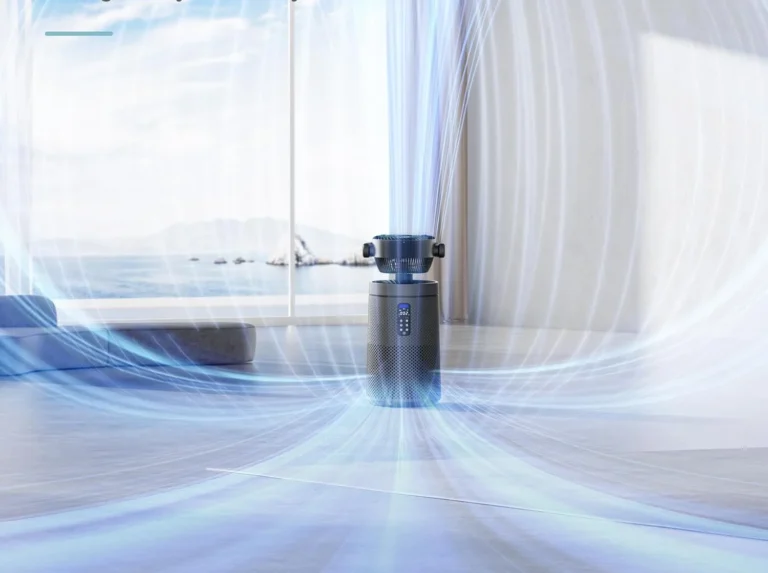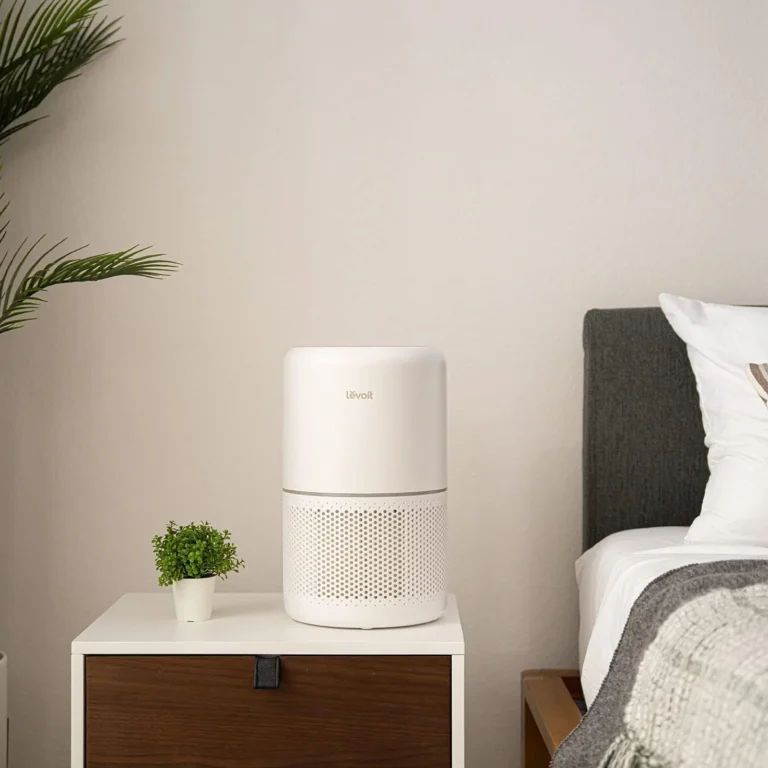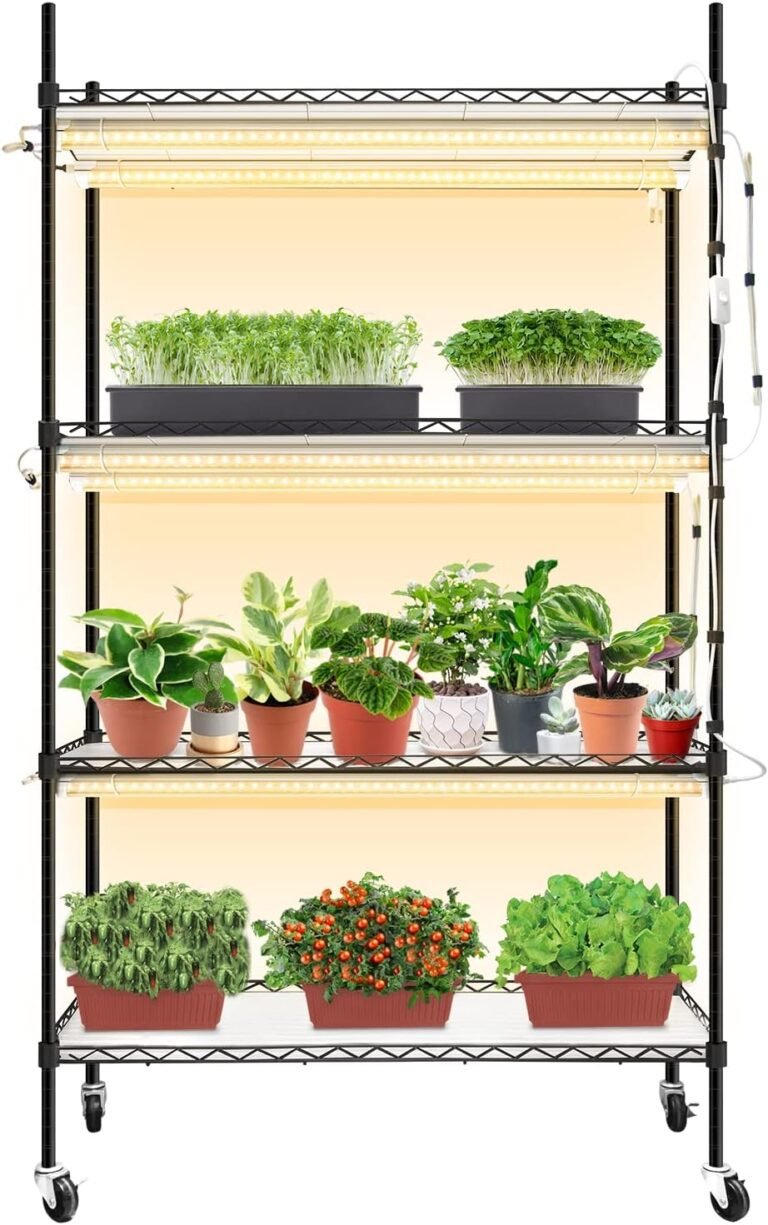Overview
What is hydroponic gardening?
Hydroponic gardening is a method of growing plants without soil. Instead, plants are grown in a nutrient-rich water solution, allowing them to receive all the necessary nutrients directly. This innovative gardening technique offers several benefits, such as faster growth, higher yields, and the ability to grow plants in limited space. By eliminating the need for soil, hydroponic gardening also reduces the risk of soil-borne diseases and pests. It’s a great option for urban dwellers or anyone looking to maximize their gardening potential.
Benefits of hydroponic gardening
Hydroponic gardening offers numerous benefits that make it an attractive option for both beginners and experienced gardeners. One of the key advantages is the ability to grow plants without soil, which saves space and eliminates the need for traditional gardening methods. Additionally, hydroponic systems provide precise control over nutrient levels, ensuring that plants receive the perfect balance of essential elements for optimal growth. Another benefit is the reduced risk of pests and diseases, as hydroponic gardens are less susceptible to infestations. Moreover, hydroponic gardening allows for year-round cultivation, enabling you to enjoy fresh produce regardless of the season. Lastly, hydroponics is an environmentally friendly approach to gardening, as it conserves water and reduces the use of pesticides and fertilizers.
Why is monthly maintenance important?
Monthly maintenance is crucial for the health and productivity of your hydroponic garden. By regularly checking and maintaining your system, you can prevent potential issues and ensure optimal growth for your plants. Proper maintenance allows you to monitor nutrient levels, clean and sanitize the system, and adjust pH levels as needed. It also gives you the opportunity to identify any problems early on and take corrective measures. Neglecting monthly maintenance can lead to nutrient deficiencies, algae growth, and pH imbalances, which can negatively impact plant health and yield. So, make sure to prioritize regular maintenance to enjoy a thriving hydroponic garden.
Setting Up Your Hydroponic Garden

Choosing the right location
When choosing the right location for your hydroponic garden, there are a few factors to consider. First, you’ll want to find a space that receives ample sunlight throughout the day. This will ensure that your plants receive the necessary amount of light for photosynthesis. Additionally, you’ll want to choose a location that is convenient for you to access and maintain. It should be easily accessible for watering, checking nutrient levels, and performing other maintenance tasks. Lastly, consider the temperature of the location. Most hydroponic plants thrive in temperatures between 65°F and 75°F. By selecting a location with the right conditions, you’ll set your hydroponic garden up for success.
Selecting the appropriate hydroponic system
Once you have chosen the right location for your hydroponic garden, the next step is selecting the appropriate hydroponic system. There are several types of systems to choose from, each with its own advantages and disadvantages. Some popular options include the Drip System, Nutrient Film Technique (NFT) System, and Deep Water Culture (DWC) System. Consider factors such as space availability, budget, and the type of plants you want to grow when making your decision. It’s important to do your research and select a system that suits your needs and goals. Remember, the success of your hydroponic garden depends on choosing the right system!
Gathering necessary equipment
Now that you have chosen the right location and selected the appropriate hydroponic system, it’s time to gather the necessary equipment for your hydroponic garden. As an Aspiring Farmer’s Hand, you will need a few essential items to ensure the success of your garden. Here is a list of the equipment you will need:
| Equipment | Quantity |
|---|---|
| Grow lights | 1 |
| Growing trays | 4 |
| Nutrient solution | 1 gallon |
| pH testing kit | 1 |
| pH adjusters | 2 bottles |
Make sure to check if you already have some of these items at home before purchasing. It’s always good to be prepared and have everything you need before starting your hydroponic journey.
Monthly Maintenance Tasks

Checking nutrient levels
Once a month, it’s important to check the nutrient levels in your hydroponic system to ensure your plants are getting the proper nourishment they need to grow. This can be done by using a nutrient testing kit or pH meter to measure the levels of essential nutrients such as nitrogen, phosphorus, and potassium. If the levels are too low, you can add nutrient solution to the water reservoir. On the other hand, if the levels are too high, you may need to dilute the solution with water. Maintaining the right nutrient levels is crucial for the overall health and productivity of your plants. By regularly monitoring and adjusting the nutrient levels, you’ll be able to provide optimal conditions for your plants to thrive.
Cleaning and sanitizing the system
After cleaning and sanitizing the system, it’s important to take some time to check the nutrient levels in your hydroponic garden. This ensures that your plants are getting the necessary nutrients for healthy growth. You can use a nutrient testing kit to measure the nutrient levels in the water. If the levels are too low, you may need to add more nutrients. On the other hand, if the levels are too high, you may need to dilute the solution. Regularly monitoring and adjusting the nutrient levels will help maintain a balanced and optimal growing environment for your plants.
Inspecting and adjusting pH levels
After checking the nutrient levels and cleaning the system, the next step in your monthly maintenance checklist is inspecting and adjusting pH levels. pH levels play a crucial role in the health and growth of your hydroponic plants. Proper pH balance ensures that your plants can absorb nutrients effectively. To inspect the pH levels, you can use a pH meter or test strips. If the pH levels are too high or too low, you will need to adjust them accordingly. Adding pH up or pH down solutions can help you achieve the optimal pH range for your plants. It is important to regularly monitor and adjust the pH levels to maintain a healthy hydroponic garden.
Conclusion

Importance of regular maintenance
Regular maintenance is crucial for the health and productivity of your hydroponic garden. By performing monthly maintenance tasks, you can ensure that your plants receive the proper nutrients, the system remains clean and sanitized, and the pH levels are balanced. This will help prevent nutrient deficiencies, disease, and other issues that can hinder the growth of your plants. Make sure to regularly check nutrient levels, clean and sanitize the system, and inspect and adjust pH levels. By following these maintenance tasks, you can enjoy the benefits of a healthy and thriving hydroponic garden.
Enjoying the benefits of a healthy hydroponic garden
Now that you have successfully maintained your hydroponic garden, it’s time to reap the rewards of your hard work. A healthy hydroponic garden offers numerous benefits, including increased yields, faster growth, and water efficiency. With a well-maintained system, you can enjoy a continuous supply of fresh and nutritious produce right at your fingertips. Imagine having access to crisp lettuce, juicy tomatoes, and flavorful herbs whenever you need them. Not only will you save money on grocery bills, but you will also have the satisfaction of knowing exactly where your food comes from. So sit back, relax, and savor the delicious fruits of your labor!
Continuing to learn and improve
As you continue to learn and improve your hydroponic gardening skills, it’s important to stay informed about new techniques and advancements in the field. Checking nutrient levels, cleaning and sanitizing the system, and inspecting and adjusting pH levels are all essential monthly maintenance tasks that will help ensure the health and productivity of your hydroponic garden. Additionally, staying connected with other hydroponic gardeners and joining online communities can provide valuable insights and tips for improving your gardening practices. By staying proactive and continuously seeking knowledge, you can create an even more successful and thriving hydroponic garden.
In conclusion, Grow Plant Ponics offers a wide range of products and recommendations for all your gardening needs. Whether you’re a beginner or an experienced gardener, our favorites and product recommendations are sure to help you achieve success in your gardening endeavors. Consider adding popular *ponics brands to your collection for even better results. Visit our website, Home – Grow Plant Ponics, to explore our full range of products and get started on your gardening journey today!


